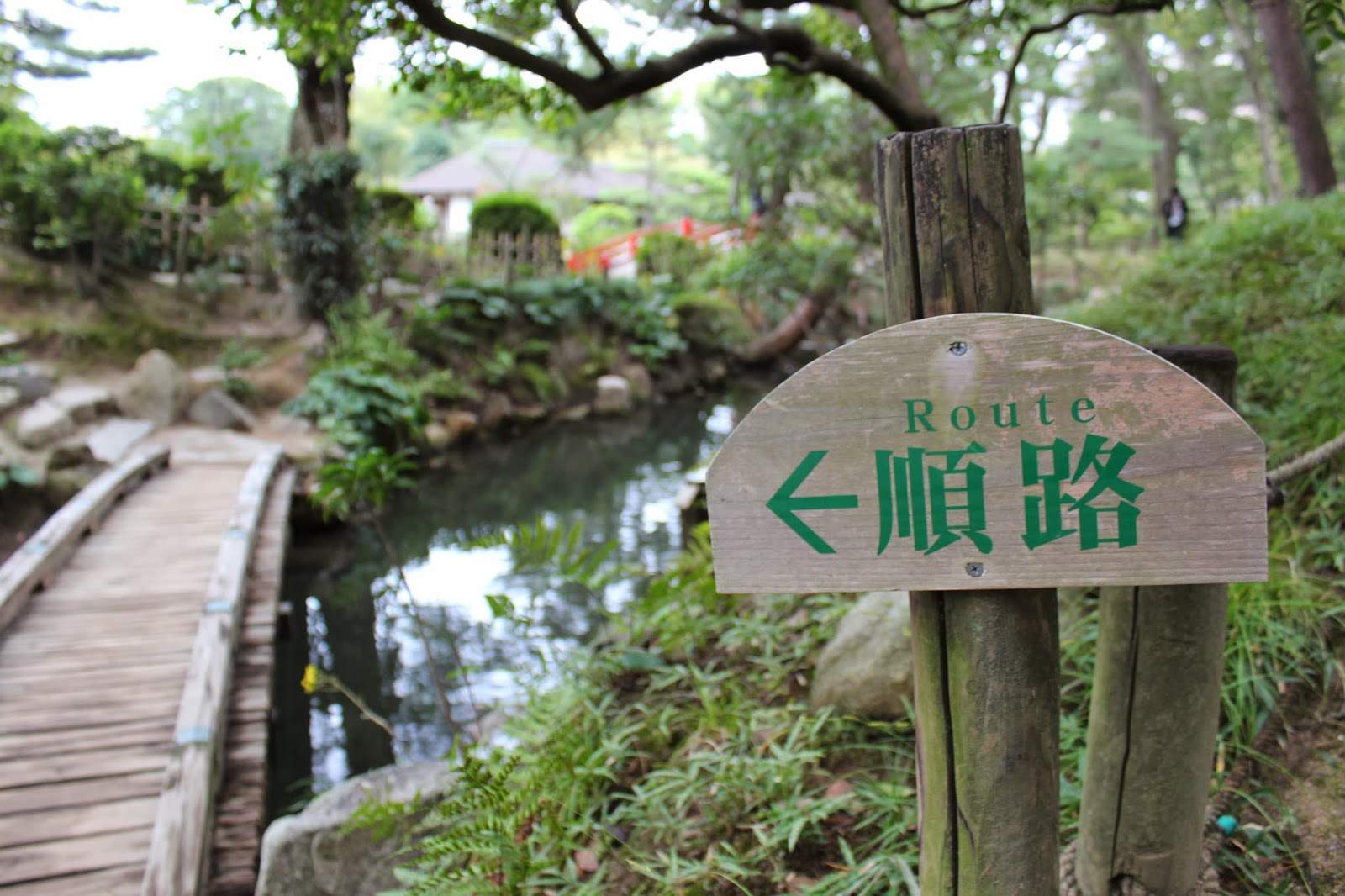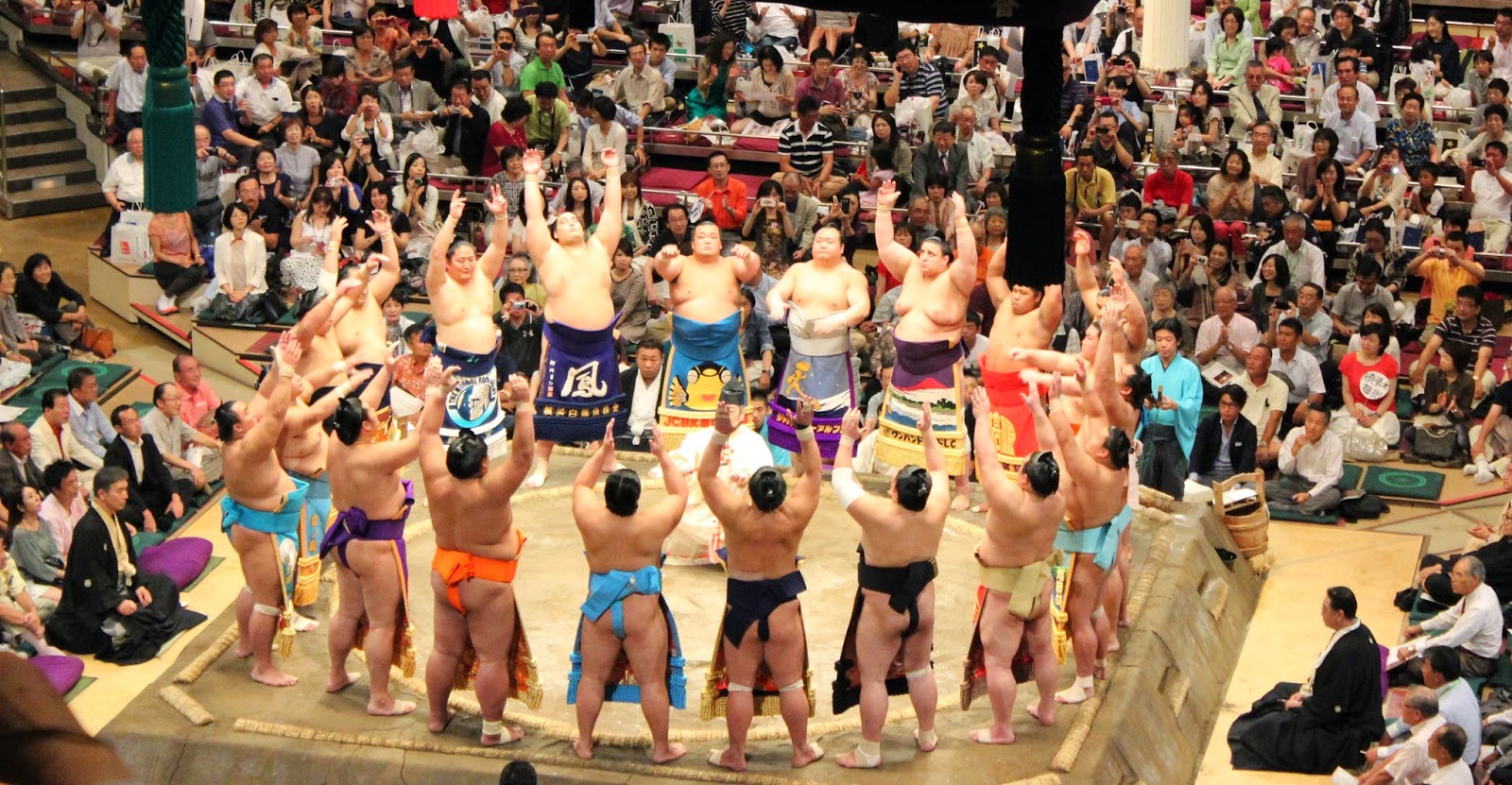To most people, Hiroshima means just one thing. The city’s
name will forever evoke thoughts of 6th August 1945, when Hiroshima
became the target of the world’s first atomic bomb attack.
 |
| A painting of Hiroshima at night |
Late last month I mastered the Japanese transportation
system and made a 4 hour trip to Hiroshima for the weekend. It proved to be the
most memorable, moving and insightful experience to date and I am extremely
glad I made the effort to go.
I have travelled on the bullet train a couple of times, but
this was my first long distance trip. Honestly, I could rave about the bullet
train all day, not only are they extremely fast, but also hyper-efficient. Routes
are timed to the second, delays are declared if trains arrive more than one
minute late and they stop on the platform with clockwork precision. Also on board every train is an earthquake
detection system (detects an earthquake 40 seconds before the shaking), the
train will come to an abrupt stop if an earthquake is detected. It was the
fastest and least stressful 450 miles trip by public transport ever. Arriva
Trains Wales, Virgin trains and friends you have a lot to learn.
Fresh faced and ready to explore I arrived in Hiroshima at
9am and bought a 2 day trip card (2000 Yen, roughly £14) which is valid on all
streetcar lines, the ferry to Miyajima and Miyajima ropeway. It is worth every
penny as one trip on the rope way will cost you 1800 Yen if bought separately.
The starkest reminder of the destruction visited upon
Hiroshima is the Atomic Bomb Dome. The building was an Industrial Promotion
Hall until the tremendous bomb obliterated nearly everything within a two
kilometre radius. It is a tragic reminder nestled amongst a modern, thriving
and international minded city. I was so lucky with the weather and got many postcard worthy photos of the dome.
Across from the A Dome is the peace memorial park, which is
dotted with memorials including the cenotaph which contains all the names of
the known victims from the initial blast or exposure to radiation. Over 220 000 names are engraved on the memorial.
 |
| Centotaph Memorial |
The inscription on the cenotaph memorial reads – “let all
the souls here rest in peace, for we shall not repeat the evil.” It expresses
the spirit of Hiroshima, pursuing harmony
and prosperity for all, and yearning for genuine, lasting world peace.
The cenotaph frames the Flame of Peace which will only be
extinguished once the last nuclear weapon on earth has been destroyed.
Nearby is the Children’s Peace Monument, inspired by Sadako
Sasaki. When Sadako developed leukaemia at 11 years of age, in 1955, she
decided to fold 1000 paper cranes. In Japan, the crane is the symbol of
longevity and happiness and she was convinced that if she achieved that target she would recover. She
died before reaching her target but her classmates folded the rest. The story has
spread around the world, and now, approximately 10 million cranes are offered
each year before the Childrens Peace Monument.
Throughout the day, many groups of school children from across
Japan came to the memorial to offer their own cranes. All the groups sang and
read speeches before presenting the cranes. Even though I couldn’t understand
what they were singing it was very emotional. I watched humbled, as many children shed a tear for the children they never
knew who suffered at the hands of the bomb.
 |
| Group of school children singing before presenting the cranes they had made. |
 |
| The Golden Crane Bell inside the memorial. |
 |
| Cranes donated by people all over the world. |
 |
| A statue of Sadako Sasaki stands on the top of the memorial. |
All visitors are encouraged to donate cranes to the memorial. I made an offering of two cranes to the monument and registered my desire for peace.
 |
| The cranes I made and donated. |
Also in the park is the Korean Atomic Bomb Memorial. Many
Koreans were shipped over to work as slave labourers during WW2 and Koreans
counted for more than one in 10 of those killed by the atomic bomb. The Korean victims were given no funerals or
memorial services and it was said that their spirits hovered for years unable
to pass on to heaven. Then, on April 10th, 1970, the monument to Korean
Victims and Survivors was erected.
After a quiet and contemplative walk around the park I headed
to the Peace Memorial Museum (only
50 Yen to enter, roughly 7p). The museum presents the history of the city
leading up to the dropping of the bomb, depressing displays of salvaged items
from the aftermath of the explosion and the city’s redevelopment. The displays
here are harrowing; amongst the displays are ragged clothes, a child’s melted
lunch box and scooter, and some distressing
photographs. It is really moving to read the stories of those killed by
the explosion and for some visitors to the museum it was simply too
much. At the end of the museum you can hear the testimonials of
survivors. It serves as a reminder to not take peace for granted.
I am sure that my single
signature will not create peace alone, but like millions of others; I
signed a petition for world peace on my
way out of the museum.
Next to the museum is Hiroshima National Peace Memorial
Hall, a walkway circles down to a contemplative underground hall of remembrance and a room where the names
and photographs of atomic-bomb victims are kept, along with testimonies from
survivors.
With a mix of emotions, I decided that it was time to
explore more of Hiroshima away from the crowds. I visited Shukkei-en which
translates as shrunken-scenery garden. Valleys, mountains and
forests are represented in miniature in the gardens landscapes. Around the main
lake there are a couple of tea houses and it was the perfect setting to enjoy
watching a traditional tea ceremony. I then took a short walk to Hiroshima
castle, a traditional wooden castle re-build after the bomb.
 |
| Shukkei-en |

 |
| Hiroshima castle |

 After a busy day, I tucked into Hiroshima okonomiyaki. It
consists of thin pancakes, topped
with cabbage, and various other toppings such as shrimp, pork, garlic etc. Hiroshima okonomiyaki also includes
either soba or udon noodles all topped with a special sauce. It is all cooked
right in front of you on a hot griddle; I had opted for garlic okonomiyaki with
pork and shrimp, oishii!
After a busy day, I tucked into Hiroshima okonomiyaki. It
consists of thin pancakes, topped
with cabbage, and various other toppings such as shrimp, pork, garlic etc. Hiroshima okonomiyaki also includes
either soba or udon noodles all topped with a special sauce. It is all cooked
right in front of you on a hot griddle; I had opted for garlic okonomiyaki with
pork and shrimp, oishii!
I took some night shots of a beautifully lit up Atomic Dome
and headed back to the hostel. I intended to have an early night ready for an
early start but I ended up talking for
many hours and drank gin with my fellow hostel stayers. My room was a traditional tatami
Japanese style room, it was basic but very comfortable.
 |
| Hiroshima at night |
As my first day came to a close I wished that visiting
Hiroshima was mandatory for every person at least once in their lifetime. Many
westerners often skip Hiroshima for the grandeur of the temples of Kyoto and
the vibrancy of Tokyo city. The
world has a constant reminder of the destruction and devastation caused by war,
and worse, nuclear war. The city of Hiroshima and those who visit hope that we can, if not
immediately, then perhaps with a new generation, get closer to the promise of
enduring world peace.
I am catching up with my blog! I will be leaving Japan in 3 weeks time, but watch this space, australiaismycanvas and newzealandismycanvas are next!
I have had over 4500 views of my blog from all over the world. Thank you to all the strangers that get in touch. I am really keen to pursue a career in art, so if anyone knows of any internships starting in April in the UK or abroad please drop me a message!
Marion













